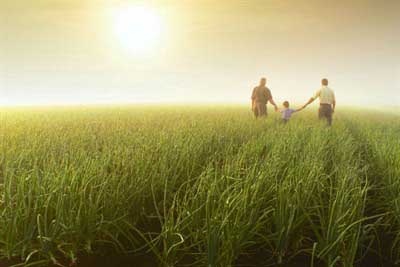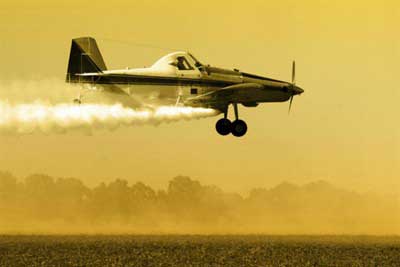The sustainability of the food system
1.3 billion tons of food produced, approximately one third of the total, is lost or wasted.The sustainability of the food system should be an urgent global objective, since the food that is thrown away could feed 2 billion people, and there are still 240 million people who go hungry, mainly on the African continent. Due to unstoppable population growth, it is likely that this amount will continue growing.

The UN rapporteur on the Right to Food, Olivier De Schutter, who recently left the post, has done so with the warning that the international food production system is unsustainable, even in the short-term.
What are the problems facing the current food and agricultural sector?
- The liberalization of the sector, which even trades on the stock market.
- The premise of unlimited food production.
- Not being connected to nutrition or health policies.
- The deregulation of the system, since it is governed by the laws of the market economy.
- The lack of consideration for the environmental impact that it has and that every day it has a greater influence on climate change.
What have been the consequences of this model?
- There has been an increase in monocrops (corn, soy, wheat...) which entails a loss of agricultural biodiversity thus accelerating soil erosion.
 - The use of chemical fertilizers has contaminated fresh water, and oceans, increasing phosphorous levels (10 million tons annually) which affect algae (essential for the oxygenation of water and feeding animals).
- The use of chemical fertilizers has contaminated fresh water, and oceans, increasing phosphorous levels (10 million tons annually) which affect algae (essential for the oxygenation of water and feeding animals).
- The industrial method of agricultural production is devastating because it increases greenhouse gas emissions (GHG). It makes up 15% of the total GHG emissions derived from human activity. According to the FAO, livestock were responsible for 18% of greenhouse gas emissions GHG, a number higher than transportation.
- Fishing practices are unsustainable and destructive: the status of species in high demand must be monitored, and use sustainable fishing methods avoiding, for example, trawling.
- Meat production is also unsustainable: the FAO estimated that by 2050 its production will have to reach 470 million tons (200 million tons more than in 2007). Totally unsustainable.
- Over 1/3 of the world's grains are now used as feedstuffs. On this route, this proportion will be 50% more than in 2050. Therefore, the demand for meat reduces the food for people in under-developed or developing countries, who are sustained by grains.
- In 2006, the FAO estimated that pasture land occupied 26% of the land surface that is not covered by ice, and 33% of the total surface of farmland was used for the production of corn and soy. So, the production of livestock represent 70% of all agricultural land and 30% of the planet's surface. This results in deforestation.
- According to the FAO, livestock were responsible for 18% of greenhouse gas emissions GHG, a higher number than transportation.
Possible Solutions
- Sustainable production: Agro-ecology covers different techniques, including crop rotation, recycling manure and food wastes to turn them into fertilizers, and agro-forestry, which reduce the use of external materials and make maximum use of resources.
- Sustainable consumption: limit the demand for biofuels by the transportation sector by using similar products, increase poultry consumption, and reduce the consumption of meat from livestock; use ecological products, which responsibly use fertilizers and pesticides; be more careful when purchasing food, promote the growth of one's own food supplies (with urban gardens, for example), etc.
It is estimated that 1.3 billion tons of food produced for human consumption, approximately one third of the total, is lost or wasted.
A consumer from Sub-Saharan Africa or South Asian, wastes between 6 and 11 kg of food each year. A European or North American, between 95 and 115 kg.
Do you think that this production and consumption model is sustainable?







